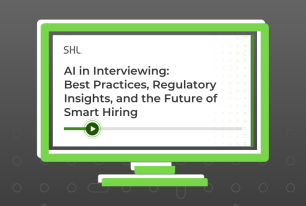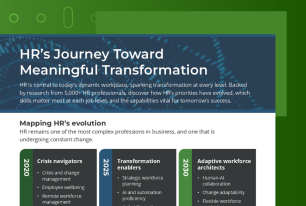Bad Interviews Cost More than You Think
Half of companies have lost quality talent due to a poor interview process, but the damage doesn’t stop there. Ineffective interviews drive hidden costs across the organization.
Share
“We thought they’d be great…” When interview charm fails to predict performance
Most hiring managers have a story they’d rather forget: a candidate who dazzled in the interview but fizzled in the role; a promising hire who gave notice after just a few months; a borderline applicant passed over but thrived for a competitor. These aren’t just anecdotal regrets, they’re real business losses rooted less in people, and more in process.
Bad interviews never appear as a line item on a budget but their effects echo across the organization. Here’s are three hidden costs of ineffective interviews:
Hidden cost 1: Mis-hires
Mis-hires extend ramp time, slow projects, and dilute team efficiency, as colleagues divert effort to coach and compensate for gaps rather than deliver on priorities. That support often cannibalizes other talent initiatives like skills development or internal mobility, multiplying the opportunity cost.
Worse, after investing in onboarding and training, many mismatched hires churn, resetting the requisition, re-spending on sourcing, and stalling team momentum.
Hidden cost 2: Delayed hiring
Open roles have a measurable cost to the business. Benchmarks show each employee contributes around 3x their salary in business value per year, so every additional day where a role is open impacts revenue. The causes are typically a combination of a disjointed strategy, chaotic processes, or lack of ownership in the final decision-making process.
Hidden cost 3: Reputational damage
Your hiring process reflects your brand. Inconsistency, ghosting, and unprepared interviewers lead to poor reviews, candidate withdrawals, and a shrinking future pipeline. Reputational damage will also eventually seep into client confidence, undermining business success.
For a recruiter or hiring manager, endless cycles of unclear feedback and fresh starts lead to frustration and disengagement. Managers must deal with overworked teams waiting for a role to be filled or trying to work around a skills gap that a new hire is needed for. Employees worry they’ll be asked to cover roles indefinitely or that open requisitions will quietly disappear.
Why this keeps happening
The biggest misconception is that bad interviews are a people problem. In reality, it’s a process problem:
- Interviewers lack training or guidance, so each does things their own way
- Questions aren’t aligned, scoring is either subjective or skipped, and often, decisions hinge on ‘gut feel’ alone rather than data
- Without strong structure or evidence, there is inconsistency in quality of hire and bias creeps into decision-making
When nobody has real visibility into how interviews are run, improvement is impossible, and costs keep compounding in the background. Time lost to replacing failed hires, friction caused by team disruption, and the quiet hit to your employer brand all add up to a costly, stealthy drain on your organization.
Raise the bar for interview quality, not quantity
If your interview process doesn’t give you more confidence in your hires, it’s not doing its job. Focus on fundamentals that improve predictiveness, fairness, and speed to decision. Fixing the problem doesn’t mean more interviews, it’s about better ones so that:
- Interviewers are trained and aligned on what to assess
- Questions are consistent, role-relevant, and mapped to success profiles
- Scoring is done with structured rubrics based on real, dependable data that show evidence of why candidates were chosen
- Candidate and interviewer data is captured across the process to fuel continuous improvement and optimization
Those who master the art of effective interviewing will gain a significant competitive advantage in attracting and retaining top talent.
See how SHL can make your interviewing smarter, leading to better hires, higher retention, and a stronger bottom line.









